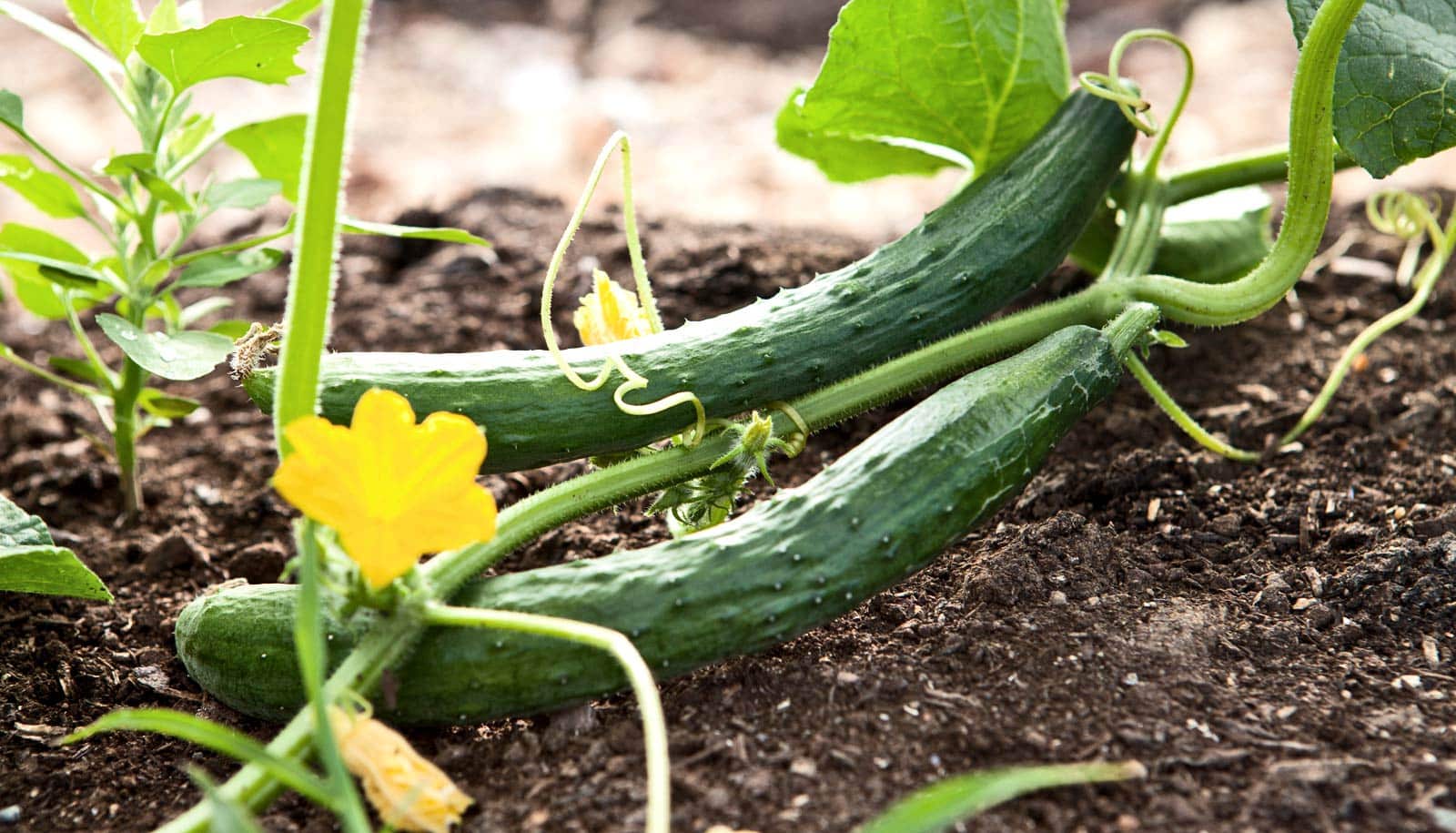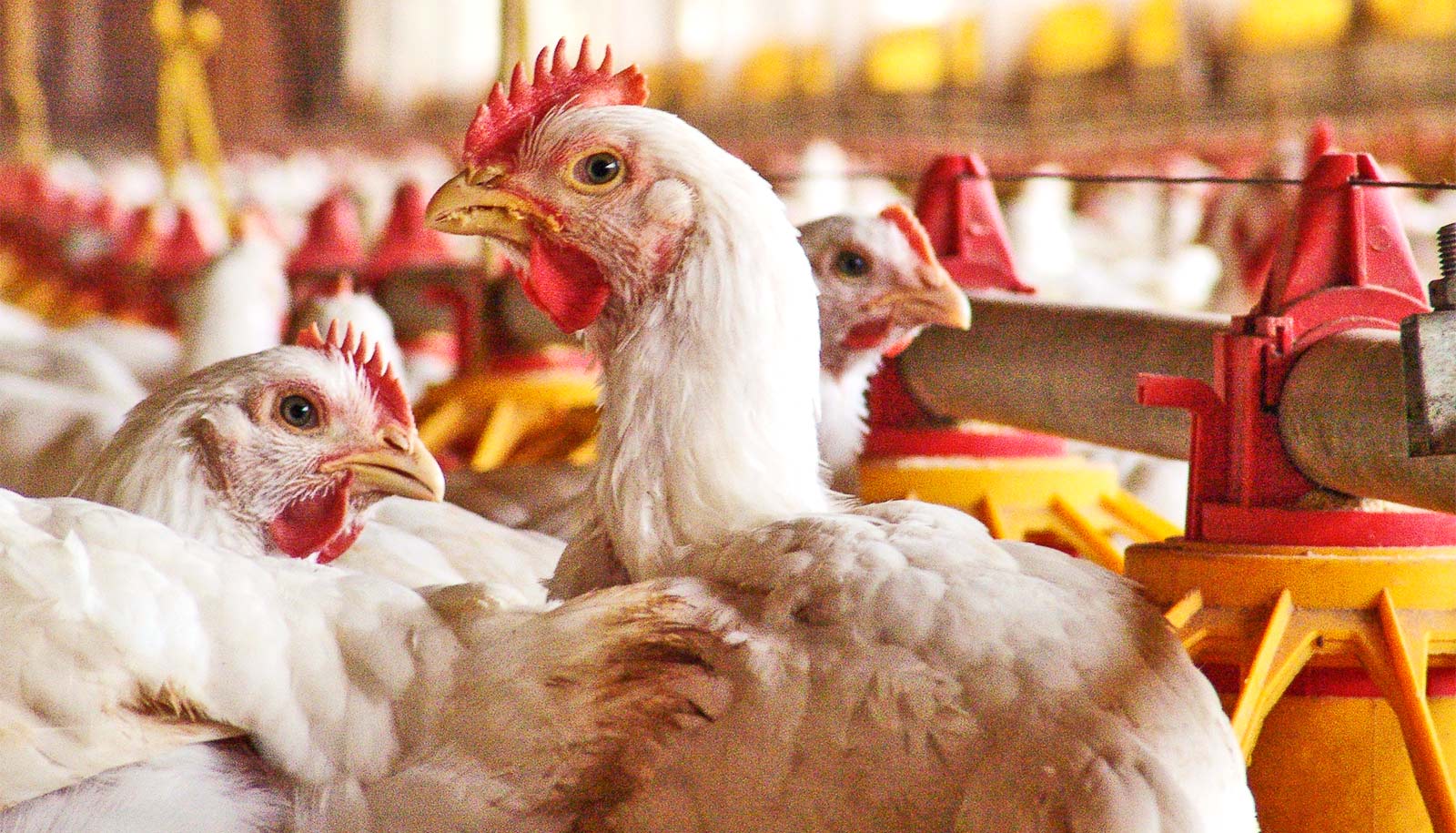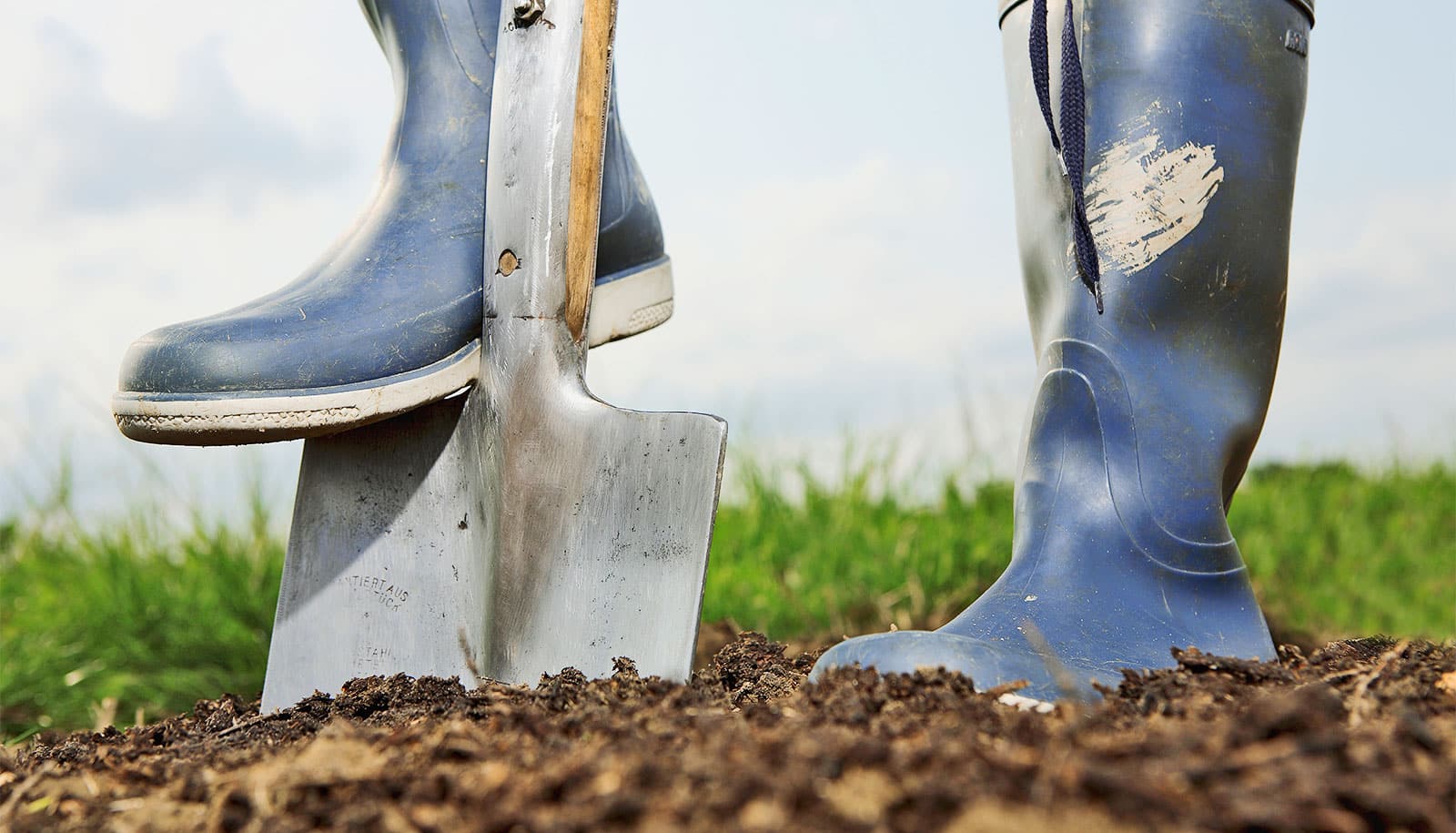A new way to analyze soil “listens” to growing roots and burrowing worms.
Healthy soil is alive—a principle that applies to both natural and cultivated soils. A large part of what happens underground, however, remains hidden to researchers. Greater awareness of the phenomena involved would be useful in order to better understand the interrelationships in this ecosystem.
Researchers have been using piezoelectric sensors to investigate various soils for acoustic emissions. The result: when roots grow or earthworms burrow tunnels, they make noises with clear links back to root growth and worm activity.
“We can learn when roots grow, for example,” says coauthor Dani Or, professor at the ETH Zurich Institute of Biogeochemistry and Pollutant Dynamics. “Until now, we didn’t know whether it happens during the day, at night, or in wet or dry soil conditions. The new method allows us to find this out on site relatively easily—and without digging.”
The research shows for the first time that it’s possible to measure biological activity in the soil with acoustic sensors.
“Worms, for instance, move much faster than roots, while their acoustic emissions are much more irregular.”
To test this hypothesis, the researchers compared visual observations with acoustic measurements. They demonstrated that in sandy soil-filled glass cells with corn plants and in similar cells filled with loamy soil allowing earthworms to burrow tunnels.
Piezoelectric sensors registered the acoustic emissions, which take the form of elastic waves at a frequency of 1-100 kilohertz. Sound waves of this nature occur, for example, when small grains move or rub against each other—or when tiny cracks form in the soil. Humans cannot hear them.
After seven days (earthworm) and nineteen days (roots), the researchers correlated the observed root growth and burrowed tunnels with the recorded noises—they were highly consistent. Control measurements from cells containing only soil confirm that the sounds originated from roots and earthworm activity.
Or has already successfully investigated terrain for early signs of landslides. The work taught him to distinguish and interpret a range of acoustic emissions. He says: “The noises in the soil are of a very low magnitude, but the fact that they exhibit specific signatures means they can be attributed to specific sources. Worms, for instance, move much faster than roots, while their acoustic emissions are much more irregular.”
These worms make decisions by eating like crazy
He hopes that the new method will at some point enable him to make quantitative assessments as to the number of root tips growing simultaneously and the speed of their growth. Not least, the method could shed light on the interaction of earthworms and root growth and the formation of soil structures.
Or says he can envision farmers using his method in the future alongside other means of soil analysis.
The French National Institute for Agricultural Research (INRA) collaborated on the work, which appears in Scientific Reports.
Source: Michael Walther for ETH Zurich



